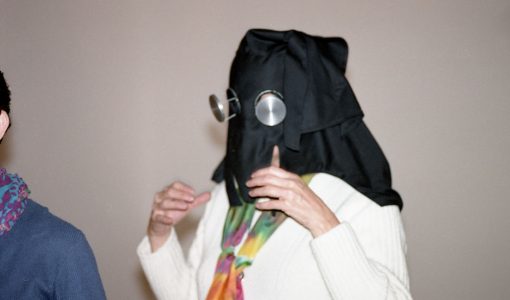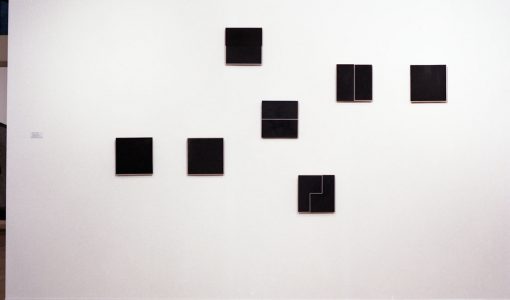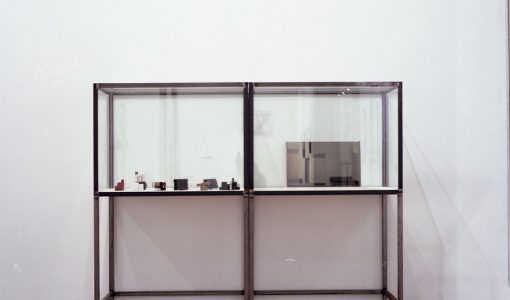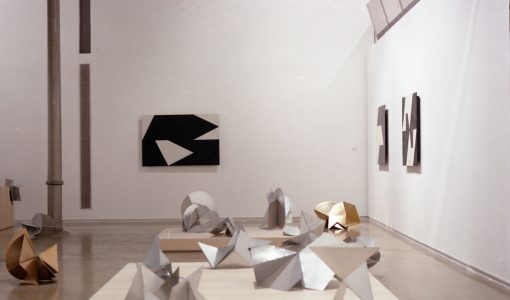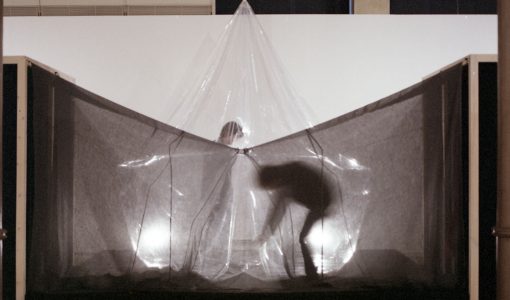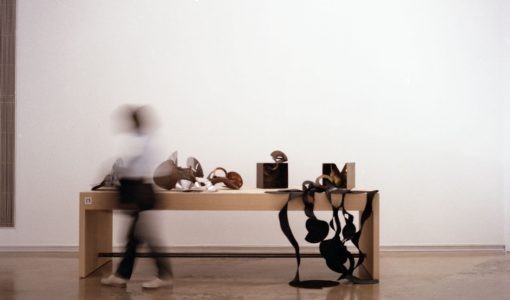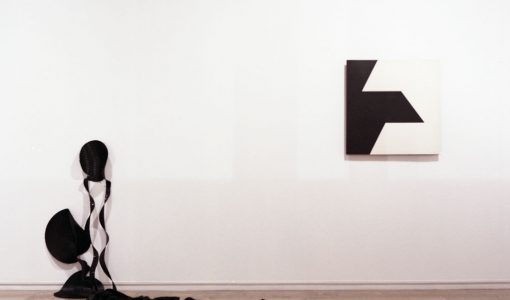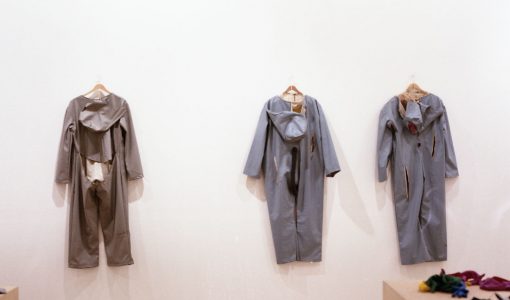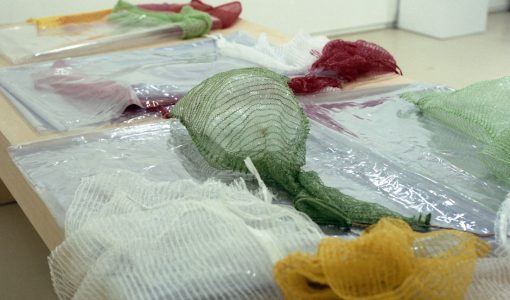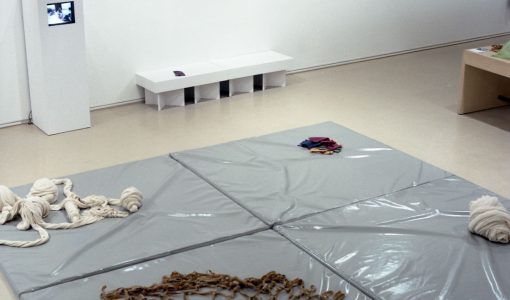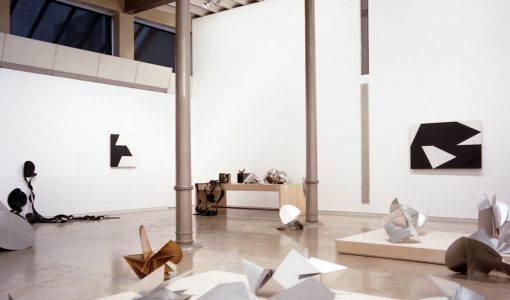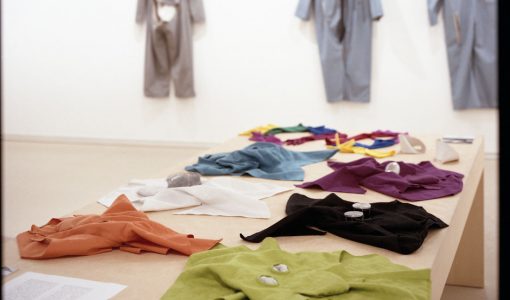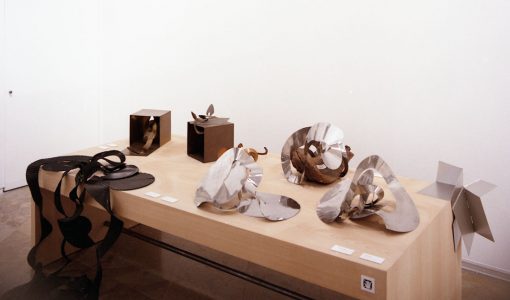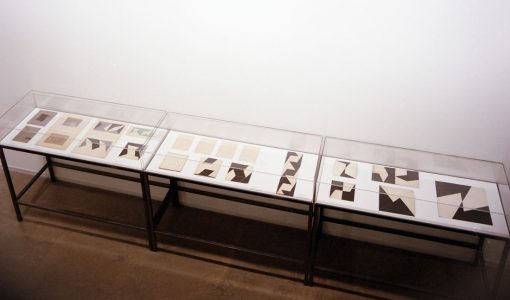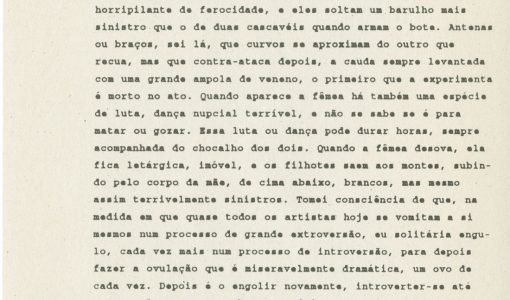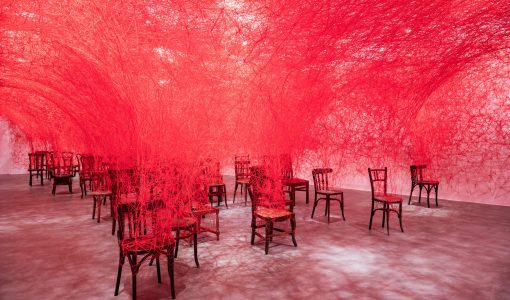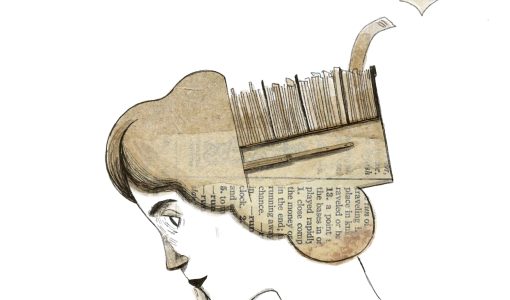
Lygia Clark
Home
›
Exhibitions
›
Lygia Clark
The work of Lygia Clark (Belo Horizonte, 1920 – Rio de Janeiro, 1988) was a proposal for radical change, a conceptual leap with long-term implications for art, culture and life in general. Clark’s activity, especially after 1963, was a search for the displacement and deconstruction of the concepts of artist, work and spectator, and she transformed them both individually and as they relate to one another.
Clark rejected the definition of the artist as deified creator, distanced from a spectator who, faced with the work that represents the poetic needs that he himself is incapable of expressing, remains completely passive.
On the contrary, Clark handed over the authority of the work to the spectator so that he would cease to behave like one, rediscover his own poetics and become the subject of his own experience.
At each stage of the creative process, Clark redefined and reconstituted her public. The visitor looking at a work in an art gallery approached the status of participant, who changes the object placed before him. Later on, the spectator was invited to create or use an object from written instructions, or the artist herself initiated group experiments, initially inside the museum, and then on the street or in other public spaces. The proposals of the seventies increased the amount of reciprocal stimulation and the spectator’s invention (it should be said that at that time the artist was working with a group of students at the Sorbonne in Paris and excluded the public from her artistic activity). In the end the spectator became a “patient” with a reciprocal committment to Clark, a kind of experimental psychotherapy. In her experience, that exchange was more effective when the “patient” was more distressed or showed more psychological dysfunction. Nevertheless, that did not prevent her from opening her work to anyone willing to take the risk and capable of experiencing “a form of interior knowledge” in the process of manipulation.
In the end, Clark’s work can be placed on the boundary between art and the clinic; the aim was for both to recover their critical potential against the dominant mode of subjectivity. She was convinced that by revitalising the field of art through psychotherapeutic techniques, individuals could reinvent their own existence. With the Objetos Relacionais, her last work, the artist came even closer to her goal. Little plastic or canvas bags full of air, water, sand or polystyrene; rubber tubes, rolls of cardboard, sheets, stockings, shells, honey and many other unexpected objects were scattered around the poetic space she created in a room in her house and which she called “the consulting room”. They were the elements of an initiation ritual which the author set in motion in a series of regular “sessions” with each receiver.
The exhibition at the Fundació Antoni Tàpies was a recognition of the importance of Lygia Clark’s work, which was generally ignored by the art world in her lifetime. Nevertheless, it faced us with a complex dilemma, as it is attempting to organise and show an artistic production that shunned the museum and the art market, which did not recognise the artist as the creator of unique objects, and was constantly searching for another end for its practice and explorations.
Galeria d'imatges
Dates
21.10.1997 – 21.12.1997
Curators
Manuel J. Borja-Villel, Nuria Enguita Mayo and Luciano Fuigueiredo.
Artist
Lygia Clark.
Touring
22/10/1997 – 21/12/1997, Fundació Antoni Tàpies, Barcelona.
16/1/1998 – 12/4/1998, MAC, galeries contemporaines des Musées de Marseille, Marseille.
30/4/1998 – 28/6/1998, Fundação Serralves, Museu de Arte Contemporânea, Oporto.
24/8/1998 – 27/9/1998, Société des Expositions du Palais des Beaux-Arts, Brussels.
8/12/1998 – 28/2/1999, Paço Imperial, Rio de Janeiro.

